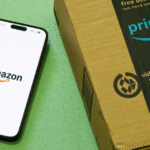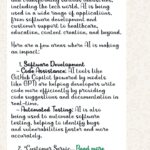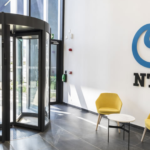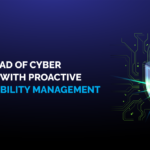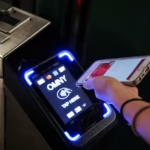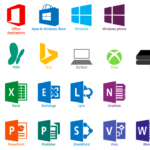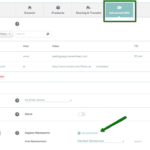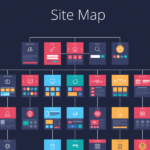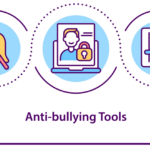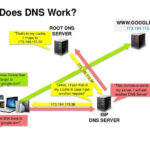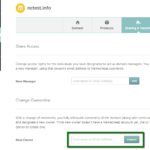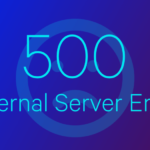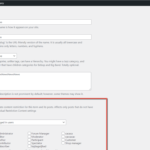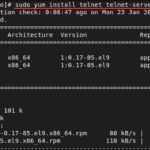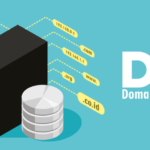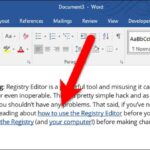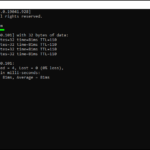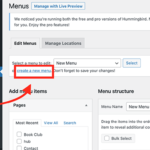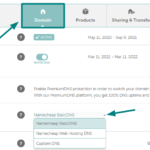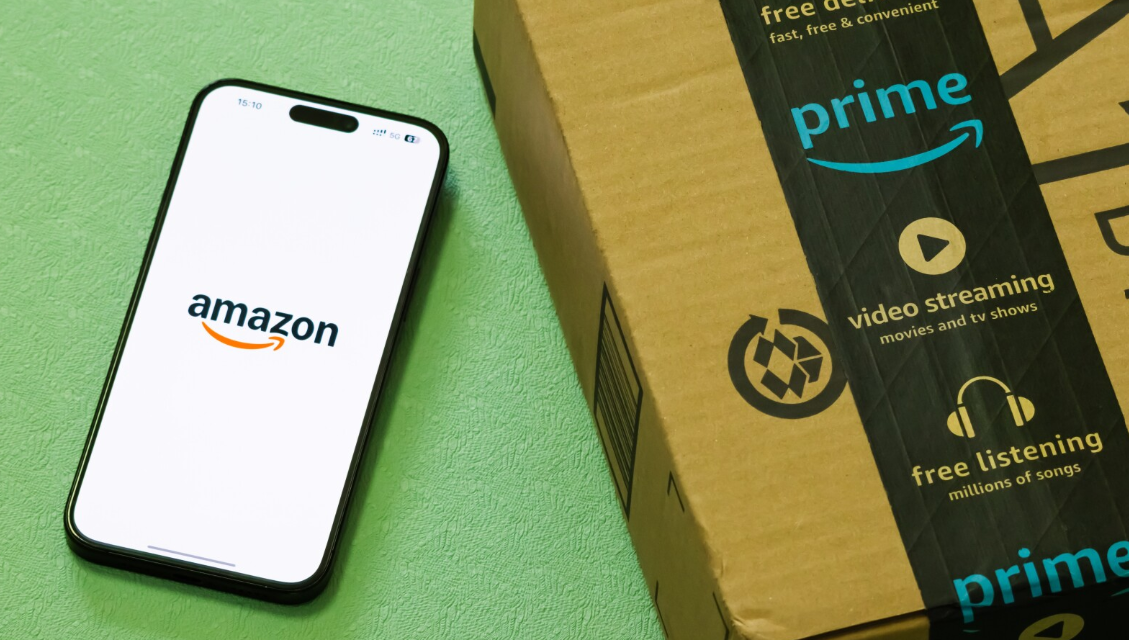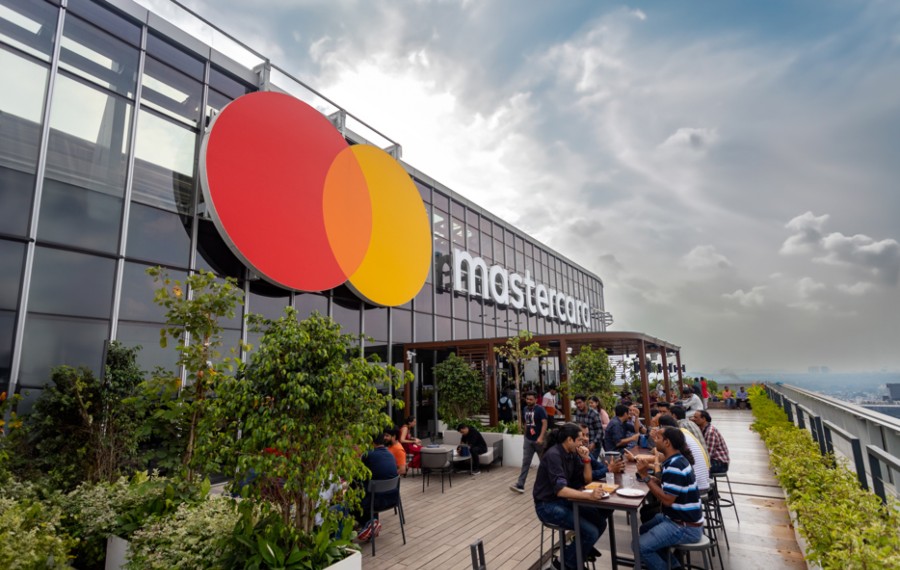
Switzerland’s national postal service, Swiss Post, aims to attract one million residents to its ePost encrypted communication platform by the end of 2025. Facing a steady decline in demand for traditional mail, Swiss Post is positioning ePost as a comprehensive mobile app to bridge the gap left by reduced postal usage.
ePost aspires to become Switzerland’s leading platform for communication with banks, insurance providers, government agencies, hospitals, and other organizations, including clubs and societies. The app consolidates email, instant messaging, and digital post into a single inbox, enabling users to pay bills, store and access documents, and sign contracts digitally.
A Unique Approach to Digital Communication
The ePost app has garnered interest from several countries, including Germany, France, and Nordic nations, which are exploring similar solutions. CEO Renato Stalder revealed that the platform’s growth has been fueled by word-of-mouth, with 15,000 to 25,000 new users joining monthly throughout 2024.
Swiss Post’s journey began in 2000 when declining letter volumes underscored the need for a digital alternative. To address this, Swiss Post established ePost Service AG in 2020, a subsidiary designed to operate with startup agility and attract top technology talent.
Identifying a Market Gap
While business-to-business communication was dominated by platforms like Microsoft Teams, and personal messaging by apps like WhatsApp, ePost found a niche in facilitating secure interactions between businesses, government agencies, and citizens. The app enables Swiss residents to manage communications, pay bills, and store essential documents within a single, secure platform.
Challenges and Evolution
Initially launched in 2021, the app struggled to gain traction as it focused heavily on replicating traditional postal services in digital form. Stalder admitted this approach failed to account for evolving communication habits. Businesses were hesitant to adopt digital post as an additional communication channel, and the public saw little value in digitized letters.
In response, ePost revamped its offering in 2024, introducing secure messaging, email integration, document storage, digital signing, and bill payment features. This updated version better aligned with user needs and proved more attractive to businesses.
Overcoming the “Chicken and Egg” Dilemma
ePost faced a classic startup challenge: businesses were reluctant to join without a significant user base, while users were hesitant to sign up without widespread organizational participation. However, the first platform to solve this would achieve a substantial market advantage.
To attract businesses, ePost emphasized branding options, allowing companies to replicate their physical letter designs in the app. It also provided a secure alternative to unofficial communication tools like WhatsApp, addressing concerns about data recording and compliance.
User Benefits
For users, ePost offers a seamless experience by consolidating multiple communication channels into one app. Features like direct bill payment, document tagging for tax purposes, and secure digital signatures have become particularly popular.
Future Plans
ePost, employing 140 staff primarily in development, aims to reach one million users by 2025 and achieve financial break-even by 2026. Upcoming features include secure encrypted email integration and expanded APIs for easier software compatibility. The company is also exploring a link with Microsoft Teams to enhance government and corporate interactions with customers via the app.
Lessons Learned
Reflecting on ePost’s journey, Stalder emphasized the importance of starting with modern communication channels rather than replicating outdated ones. “When we present functionalities like new messaging channels, clients see the potential for transforming customer interactions,” he said.
Swiss Post’s ePost initiative highlights how digital transformation can redefine traditional industries, setting an example for modernizing communication infrastructure in a rapidly evolving digital world.
